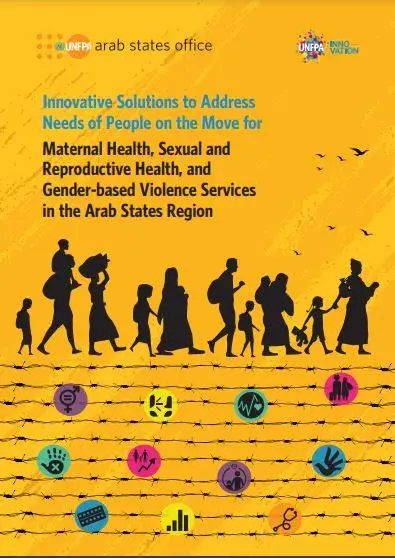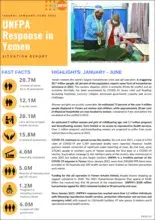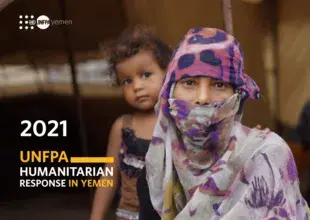Mixed migration in the Arab States region is a complex multidimensional phenomenon as the region hosts a combined 34% of the world’s population of the forcibly displaced1 who need access to protection and basic social services including maternal health (MH), sexual and reproductive health (SRH) and gender-based violence (GBV) information and services. Since access to protection and other types of services can be challenging, not the least due to the often precarious legal status of the concerned population groups, the role that innovation can play across the humanitarian sector is noteworthy. Innovation is as a matter of fact, attracting considerable attention, with its potential to open up new ways to meet the various needs of “people on the move”.
In order to find out more information about the real-time needs of “people on the move” in the region, with specific attention to maternal health, sexual and reproductive health and gender-based violence needs, the UNFPA Arab States Regional Office (ASRO) has commissioned this two-parts report which consists of:
(a) a mapping/needs assessment in the form of a desk review, to more precisely gauge what those needs might be at various points journey of “people on the move”; and
(b) a horizon scan for potential or existing innovative solutions that UNFPA or others might have in the pipeline, or already in place, to address identified target group needs. Part One of this report presents the results of the desk review that aims to identify sexual and reproductive health, maternal health and GBV needs among “people on the move” in Egypt, Iraq, Jordan, Lebanon, Morocco and Sudan, with a focus on youth and women of reproductive age. Part Two identifies and highlights existing innovative practices that might promote the health of “people on the move”. Drawing on the horizon scan findings, the report concluded with recommendations to the international development community on the need to partner on already proven solutions that would address the MH, SRH and GBV needs of “people on the move” but also considers the design and implementation of new potential solutions.





